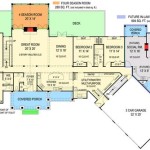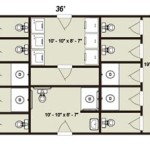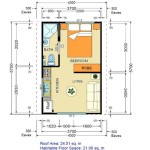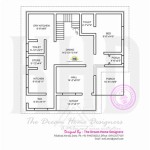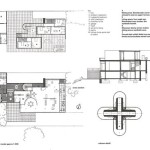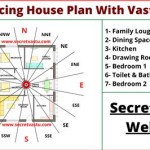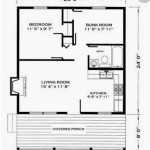Essential Aspects of All House Plans Designs
When embarking on the journey of building or remodeling a home, choosing the right house plan design is paramount. A well-designed plan serves as a blueprint, guiding the construction process and ensuring that your dream home meets your specific needs and preferences. In this article, we delve into the essential aspects of all house plans designs, providing you with a comprehensive understanding of the key elements to consider.
1. Style and Aesthetics
The architectural style of your house plan sets the tone for its overall appearance. From traditional to contemporary, there is a vast array of styles to choose from, each with its unique characteristics. Consider your personal taste, lifestyle, and the architectural context of your neighborhood when selecting a style. The exterior finishes, such as roofing materials, siding, and windows, also contribute to the overall aesthetics of your home.
2. Room Layout and Flow
The layout of your house should seamlessly accommodate your daily routine and enhance your living experience. Consider the number of bedrooms, bathrooms, and other rooms you need, as well as their arrangement. The flow of traffic between rooms should be smooth and efficient, with designated spaces for cooking, dining, relaxing, and entertaining. Open floor plans provide a spacious and airy atmosphere, while traditional layouts offer more defined spaces with separate rooms.
3. Space Utilization and Storage
Maximize the use of space within your house plan by incorporating smart storage solutions. Closets, pantries, and built-in shelving can help keep clutter at bay and ensure that every square foot is utilized efficiently. Consider the storage needs of each room and choose furniture and fixtures that optimize space utilization without compromising on comfort or style.
4. Natural Lighting and Ventilation
Natural lighting not only brightens your home but also enhances your well-being and reduces energy consumption. Incorporate large windows and skylights into your house plan to allow ample sunlight to flood your living spaces. Proper ventilation is equally important, ensuring fresh air circulation and preventing moisture buildup. Cross-ventilation through strategically placed windows and doors promotes air flow and creates a more comfortable and healthy indoor environment.
5. Sustainability and Energy Efficiency
In today's eco-conscious era, designing a sustainable and energy-efficient home is essential. Choose building materials and systems that promote environmental friendliness and reduce your carbon footprint. Consider the orientation of your house to optimize passive solar heating and cooling. Implement insulation, energy-efficient appliances, and renewable energy sources to minimize your home's energy consumption.
6. Outdoor Living Spaces
Extend your living space beyond the indoor walls by incorporating outdoor living areas into your house plan. Patios, decks, porches, and balconies provide opportunities for relaxation, entertaining, and enjoying the outdoors. Consider the size, orientation, and privacy of these outdoor spaces to create a seamless transition between indoor and outdoor living.
7. Flexibility and Adaptability
Life is dynamic, and your home should be able to adapt to changing needs and circumstances. Choose a house plan that offers flexibility in terms of room configurations, future expansions, or modifications. Open floor plans allow for easy reconfiguration of furniture and living spaces, while modular designs provide the option to add on rooms or adjust the layout as required.
8. Accessibility and Functionality
Consider accessibility and functionality throughout your house plan, especially if you have family members with special needs or plan to age in place. Wider doorways, accessible bathrooms, and ramps or elevators can enhance mobility and ensure that your home is comfortable and safe for all occupants. Universal design principles promote accessibility without compromising style or aesthetics.
9. Site Considerations
The location and topography of your building site play a crucial role in the design of your house. Factor in the size and shape of the lot, soil conditions, slope, and access to utilities when selecting a house plan. Consider how the house will be positioned on the site, taking into account sunlight, views, privacy, and proximity to neighboring structures.
10. Professional Expertise
Designing a house plan is a complex undertaking that requires professional expertise. Engage the services of a reputable architect or home designer who can guide you through the process, ensuring that your house plan meets your specific requirements, building codes, and budgetary constraints. A qualified professional will create a detailed and accurate plan that forms the foundation of your dream home.

House Plans How To Design Your Home Plan

22 House Design With Floor Plans You Will Love Simple Two Story Beautiful Designs Exterior

House Plans How To Design Your Home Plan

Small House Plans Popular Designs Layouts

Top 5 Modern House Plans With Photos Floor Archid

Small House Design Shd 2024007 Pinoy Eplans One Y Bungalow Plans Floor

Floor Plans Types Symbols Examples

Modern House Design Floor Plans And Designs

House Plan Designing Service At Rs 2 Sq Ft In Bhopal Id 26673942673

Minimalist Two Bedroom House Design Plan Engineering Discoveries Simple Small Plans

